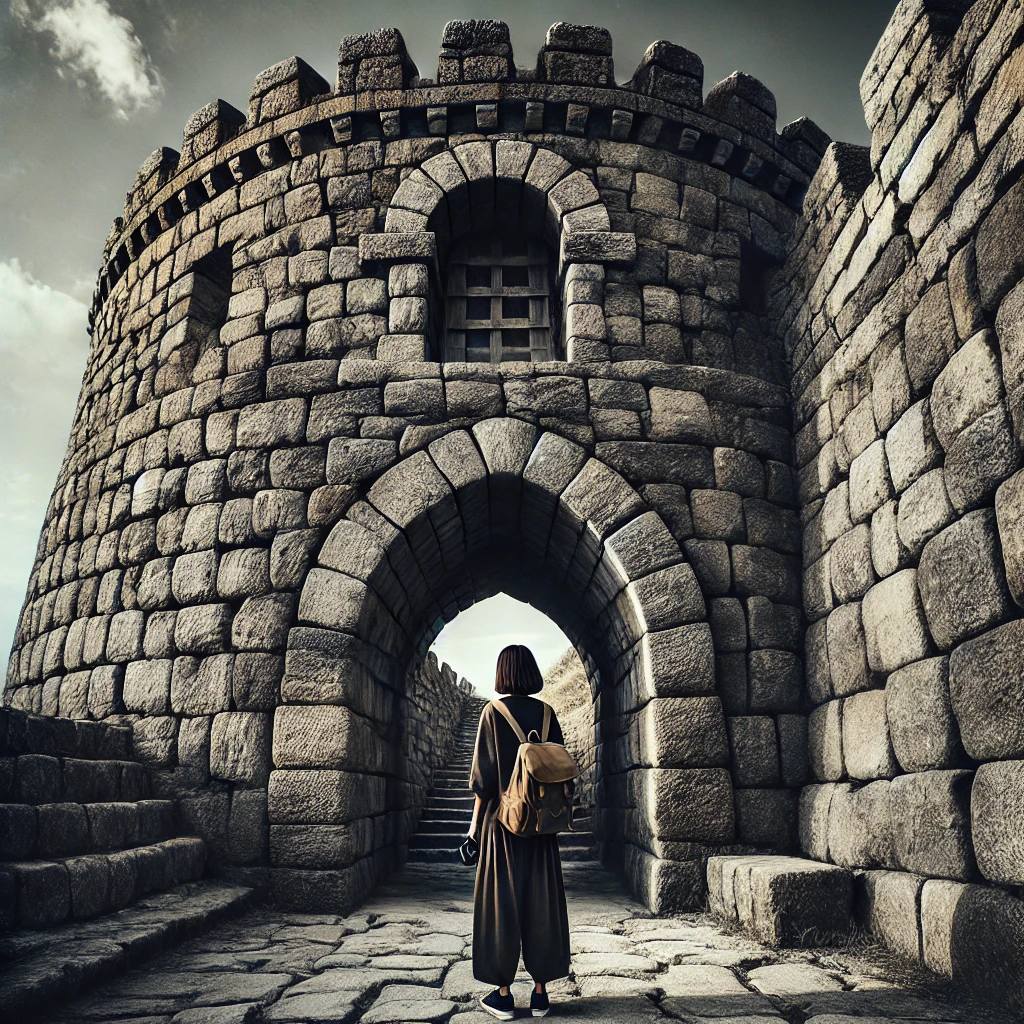ChatGPT:
Van, Turkey, is an ancient city with a rich history that dates back thousands of years. Located in the eastern part of Turkey, near Lake Van, it has been a significant center of civilization due to its strategic location on ancient trade routes and its fertile surroundings.
Origin and Early History
The history of Van can be traced back to the Urartian Kingdom, which emerged around the 9th century BCE. The Urartians, known for their advanced engineering and metalworking skills, established their capital, Tushpa, at Van on the eastern shore of Lake Van. This area became one of the most important centers of the Urartian civilization, known for its fortified citadel, which was constructed atop a high rock, overlooking the lake.
Development and Influence of Various Empires
After the decline of the Urartian Kingdom in the 6th century BCE, Van came under the control of the Persians, who integrated it into their vast Achaemenid Empire. In subsequent centuries, Van was influenced by multiple empires, including the Macedonian Empire under Alexander the Great, and later, the Roman and Byzantine Empires. Each brought its own cultural and architectural influence, leaving a lasting legacy on the region.
During the medieval period, Van became a significant center of Armenian culture. The Kingdom of Vaspurakan, with its capital at Van, was one of the prominent Armenian kingdoms, and it contributed to the area’s cultural richness through the construction of churches and monasteries. The famous Akdamar Island on Lake Van, home to the 10th-century Akdamar Church, is a lasting symbol of this era.
Ottoman Era and Modern Development
The city fell under Ottoman control in the 16th century. The Ottomans incorporated Van into their empire, and the city became an administrative and military center in the region. Van was heavily affected by conflicts during World War I, including the Armenian Genocide, which left deep scars on the region’s demographic and social landscape.
In the 20th century, Van saw significant modernization, especially in the latter half, with improved infrastructure, education, and commerce. Despite its development, Van has retained its unique cultural identity and historical significance. Today, it is known for its ancient ruins, Lake Van, and the famous Van cats, a distinct breed with one blue and one amber eye.
Present-Day Van
Modern Van is a lively city with a blend of historical sites and modern amenities. Visitors are drawn to its unique natural beauty, including Lake Van, which is the largest lake in Turkey and offers scenic views and recreation. The city’s historic sites, such as Van Castle, continue to attract historians and tourists alike. Van has also become a significant regional center in eastern Turkey, known for its universities, museums, and local delicacies, including the famous “Van breakfast” – a lavish spread that showcases the city’s culinary tradition.
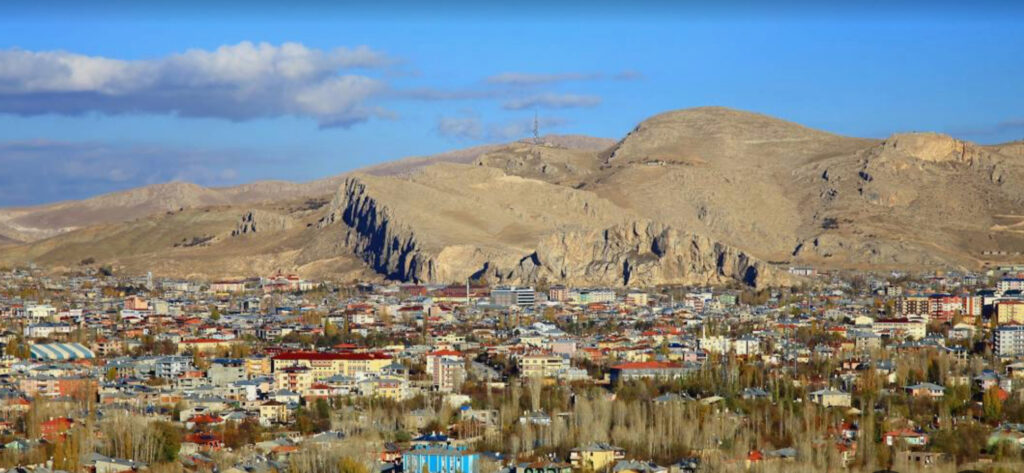
!Here are notable historical sites and attractions within approximately 10 kilometers of Van’s city center:
1. Van Castle (Van Kalesi):
• An ancient fortress built by the Urartians in the 9th century BCE, offering panoramic views of Lake Van and the surrounding area. (Bucketlistly)
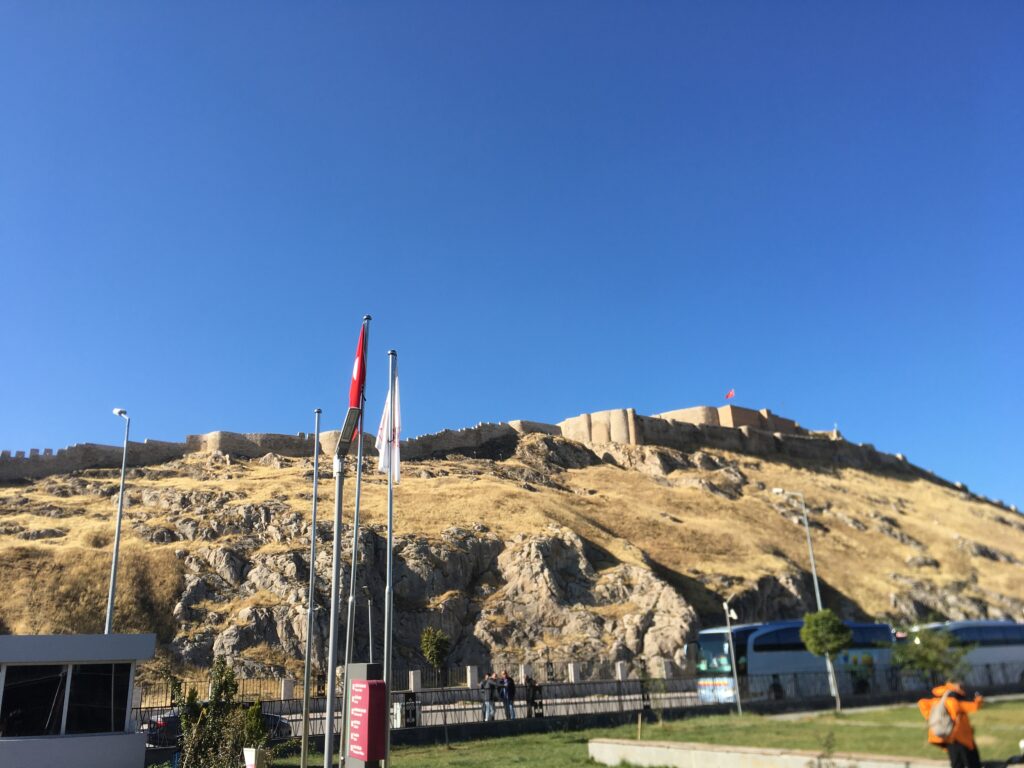
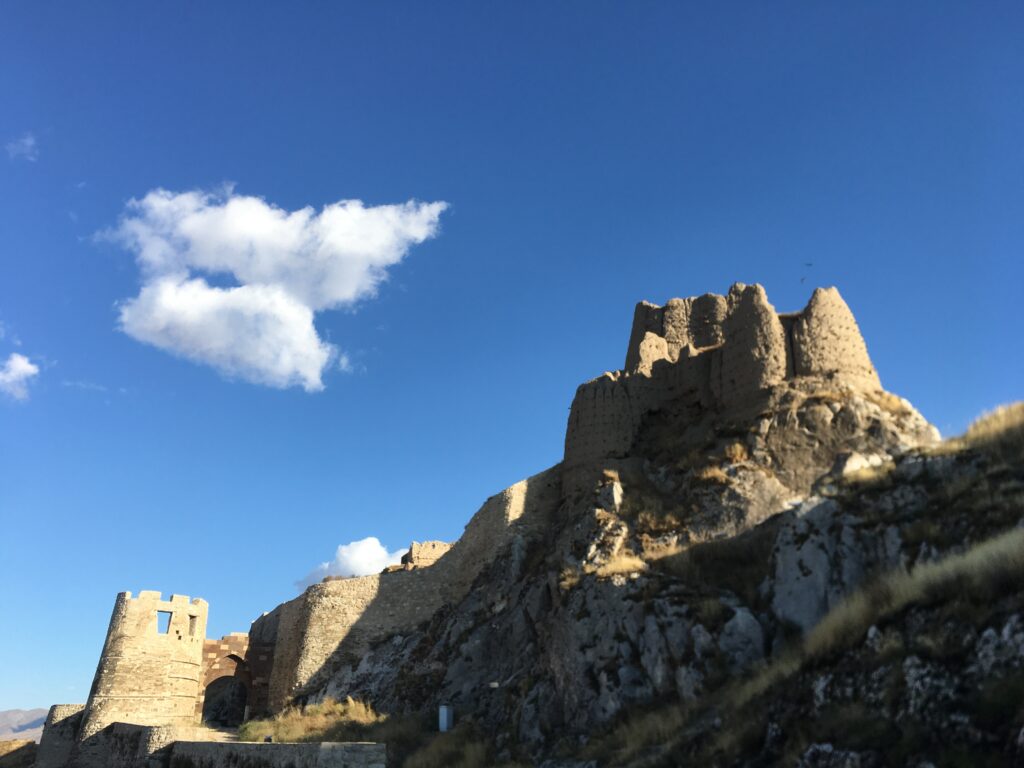

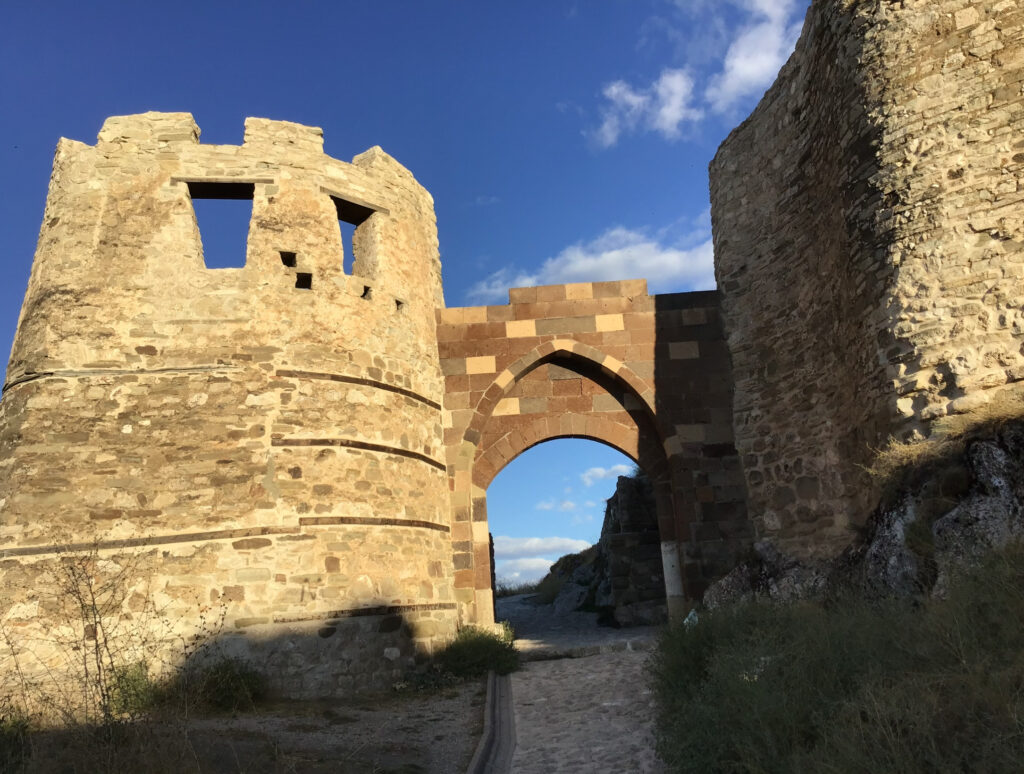
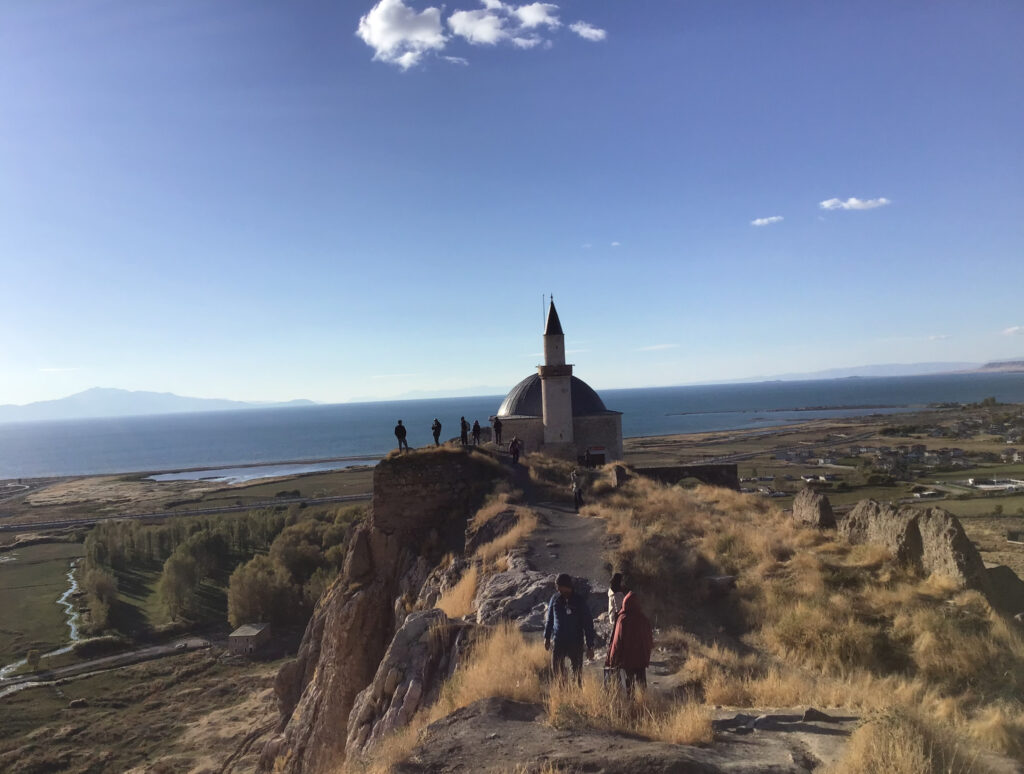
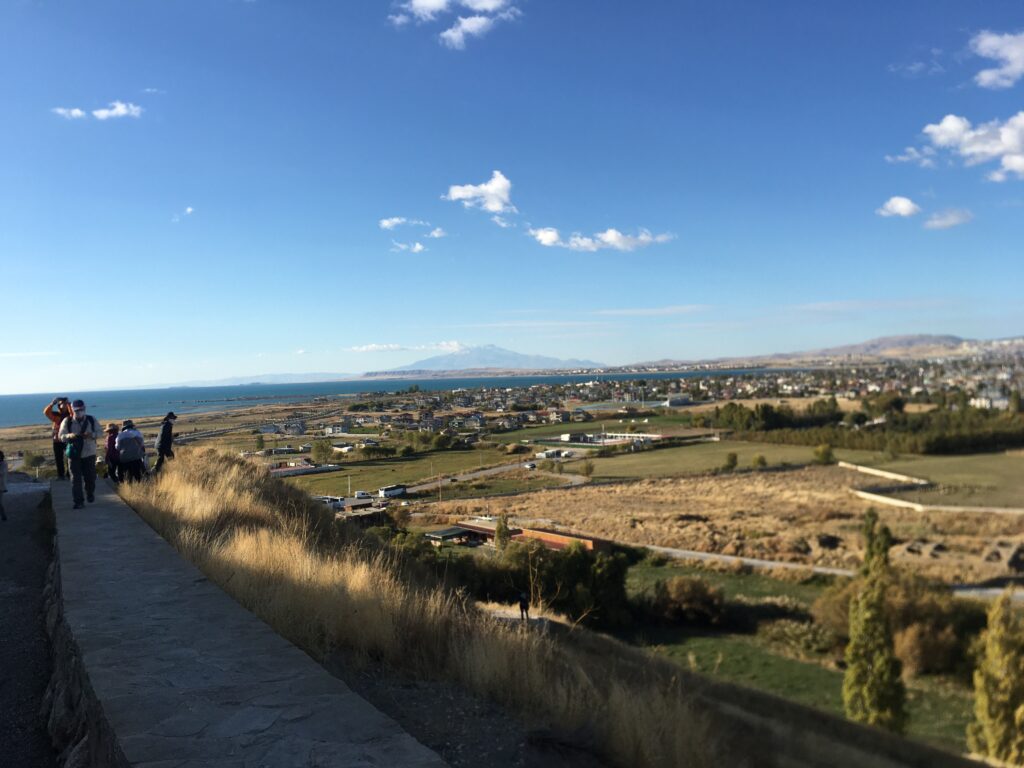
2. Ancient City of Tushpa:
• Located near Van Castle, Tushpa was the capital of the Urartian Kingdom, featuring archaeological remains that provide insights into early civilizations.
3. Van Museum:
• Situated northeast of Van Castle, this museum houses artifacts from various periods, including Urartian relics, showcasing the region’s rich history. (Bucketlistly)
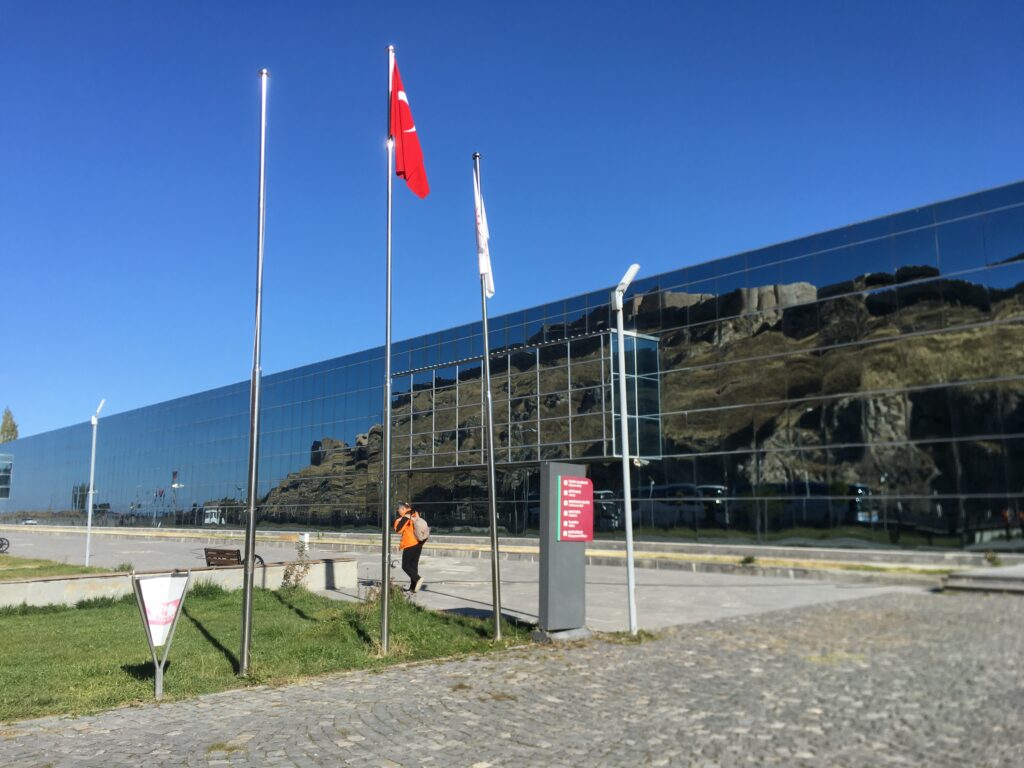
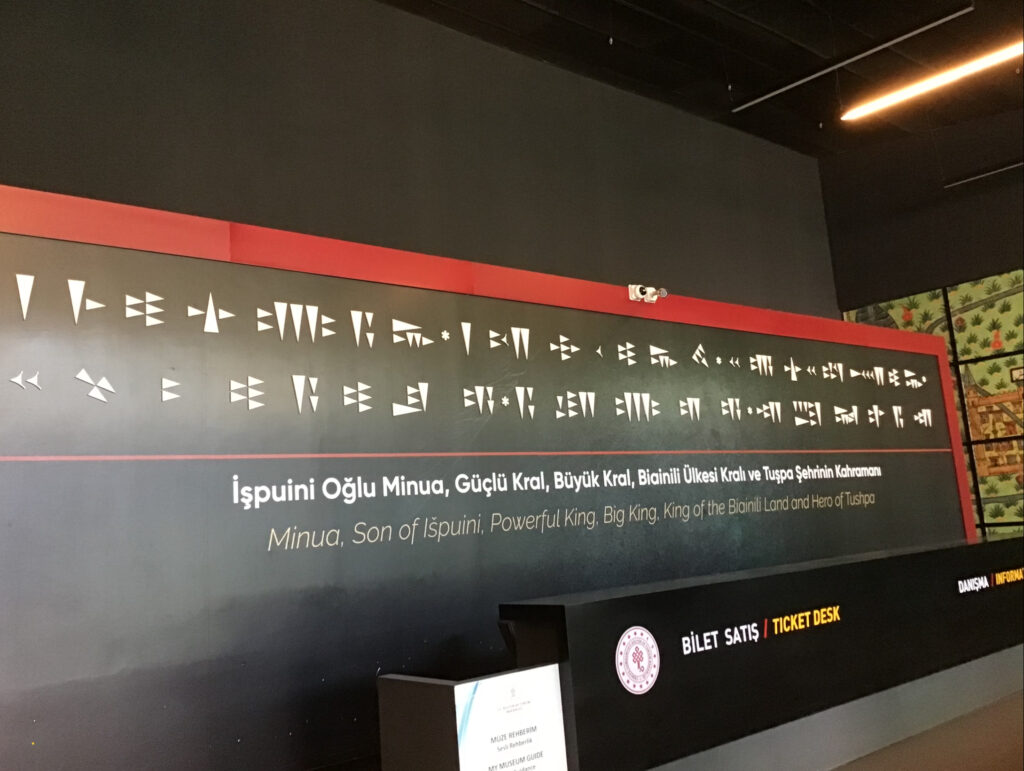
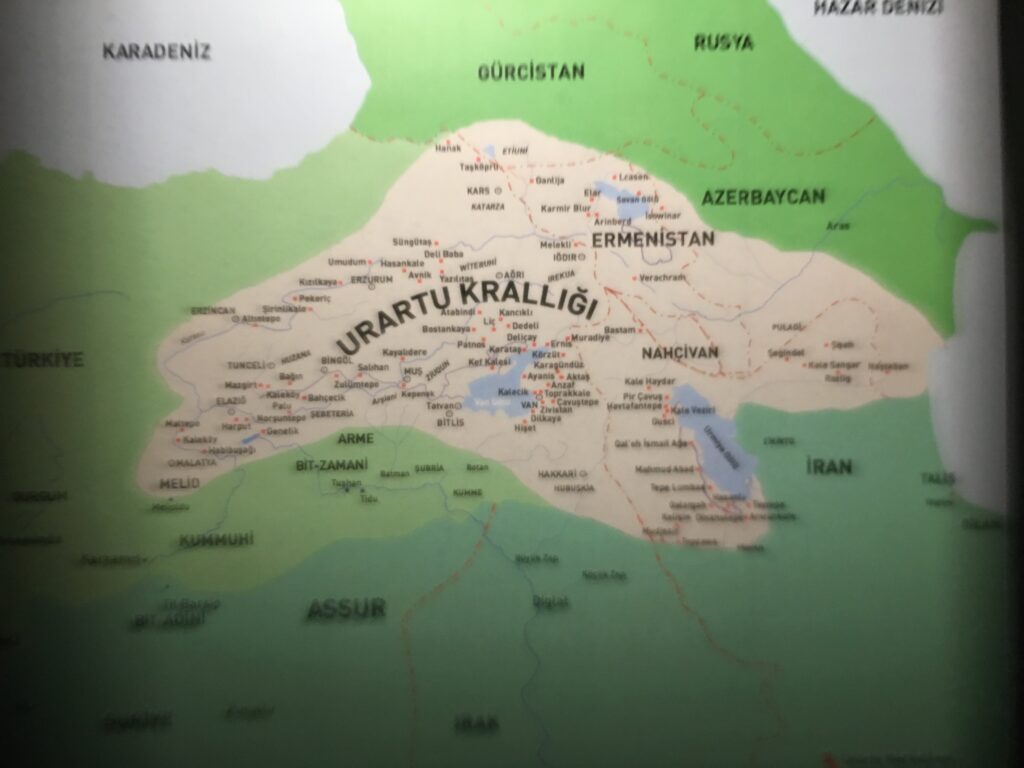
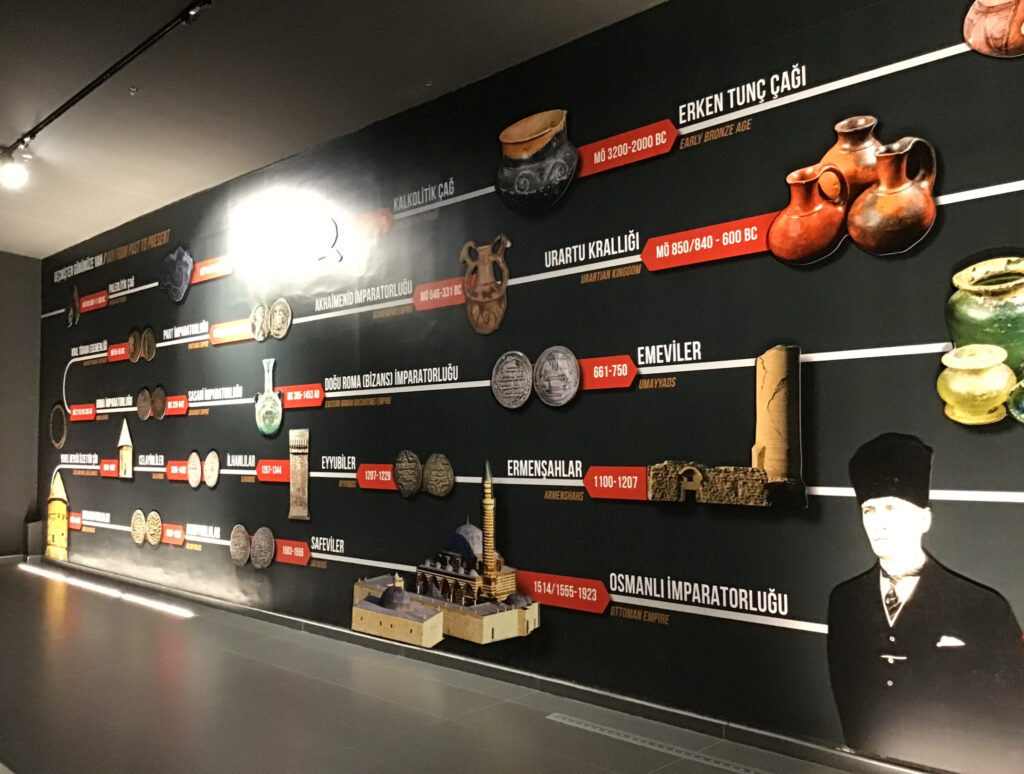
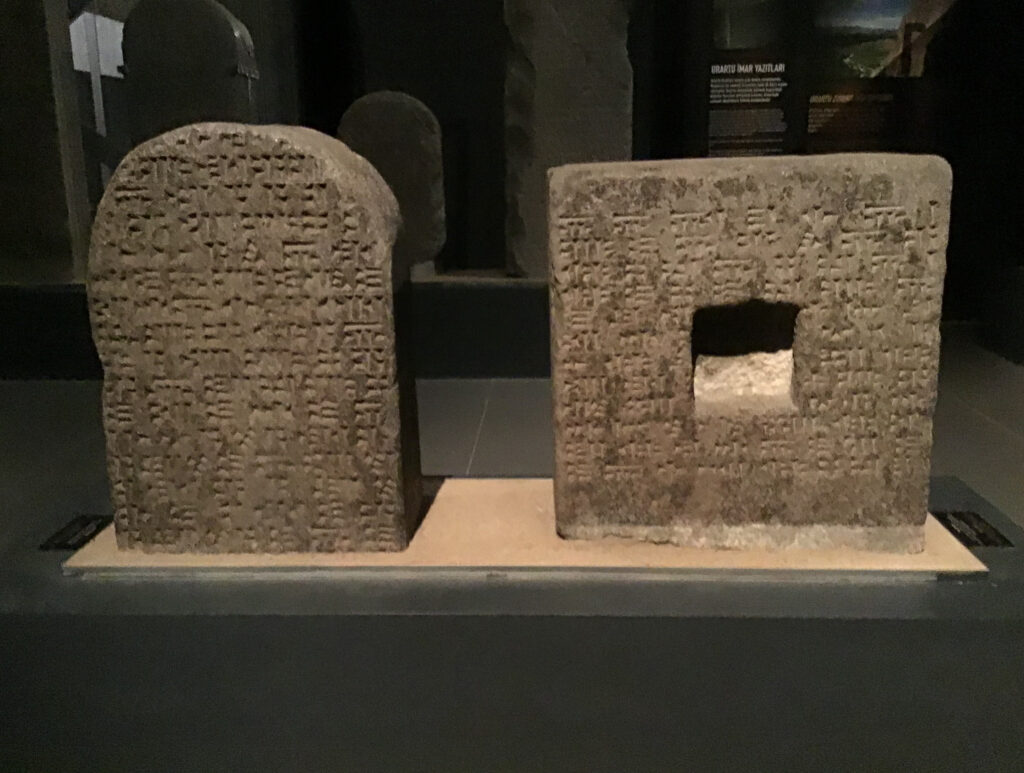
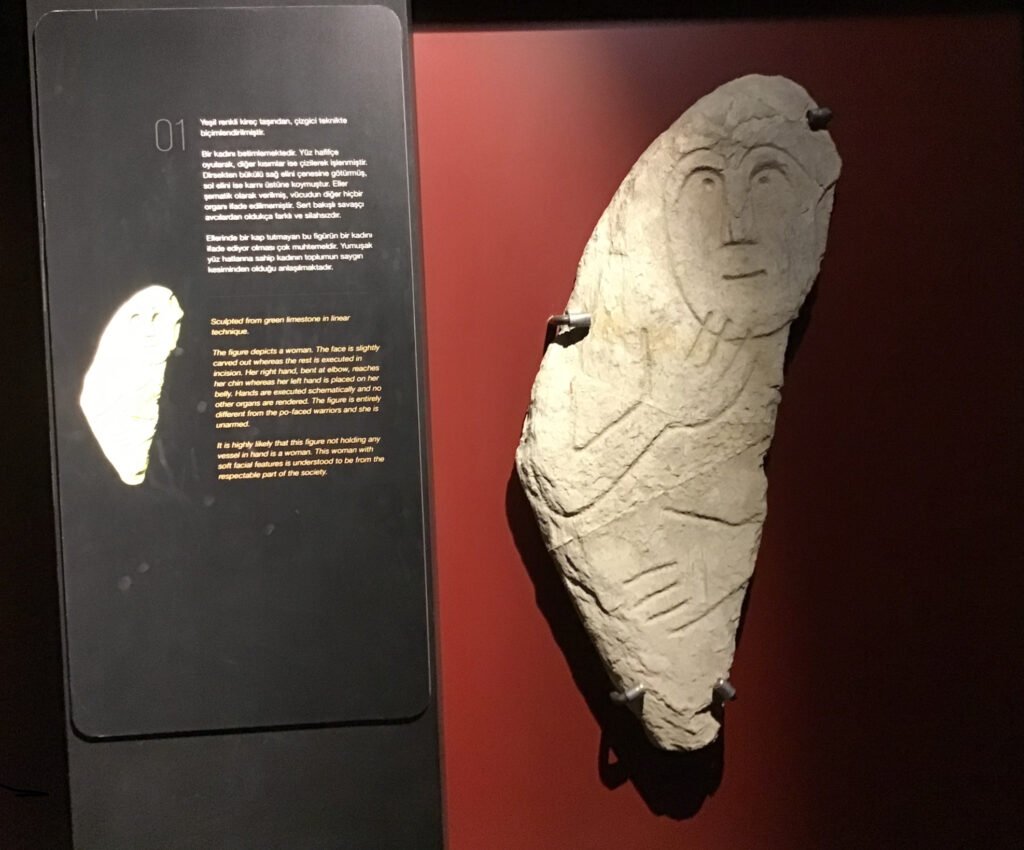
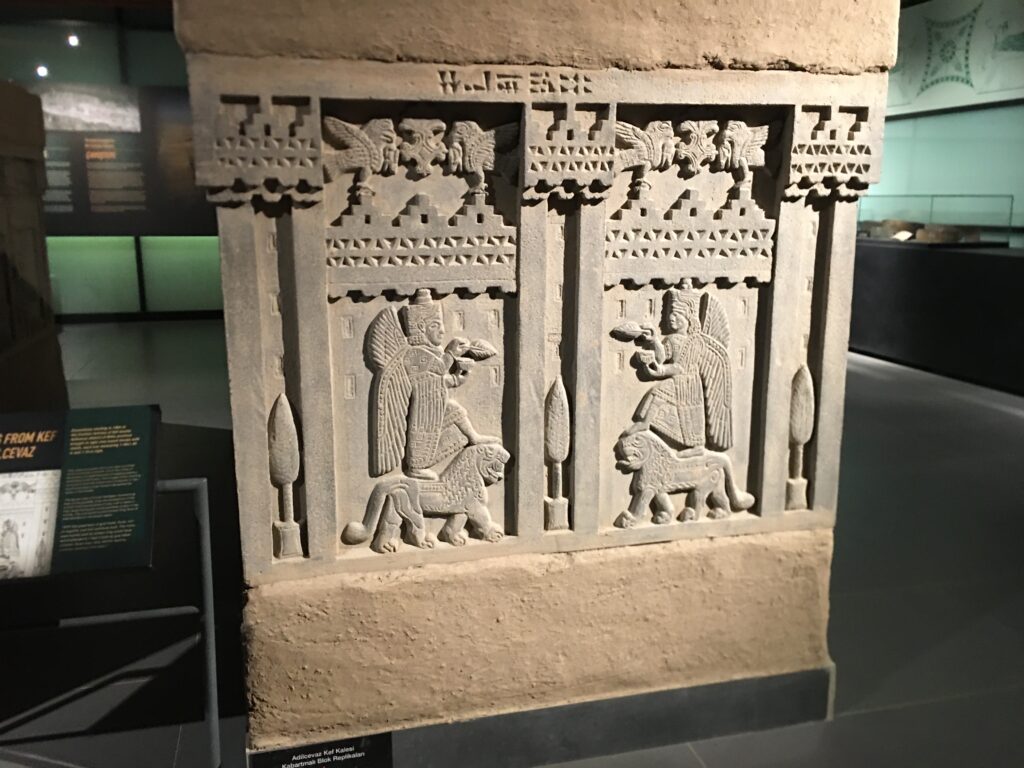
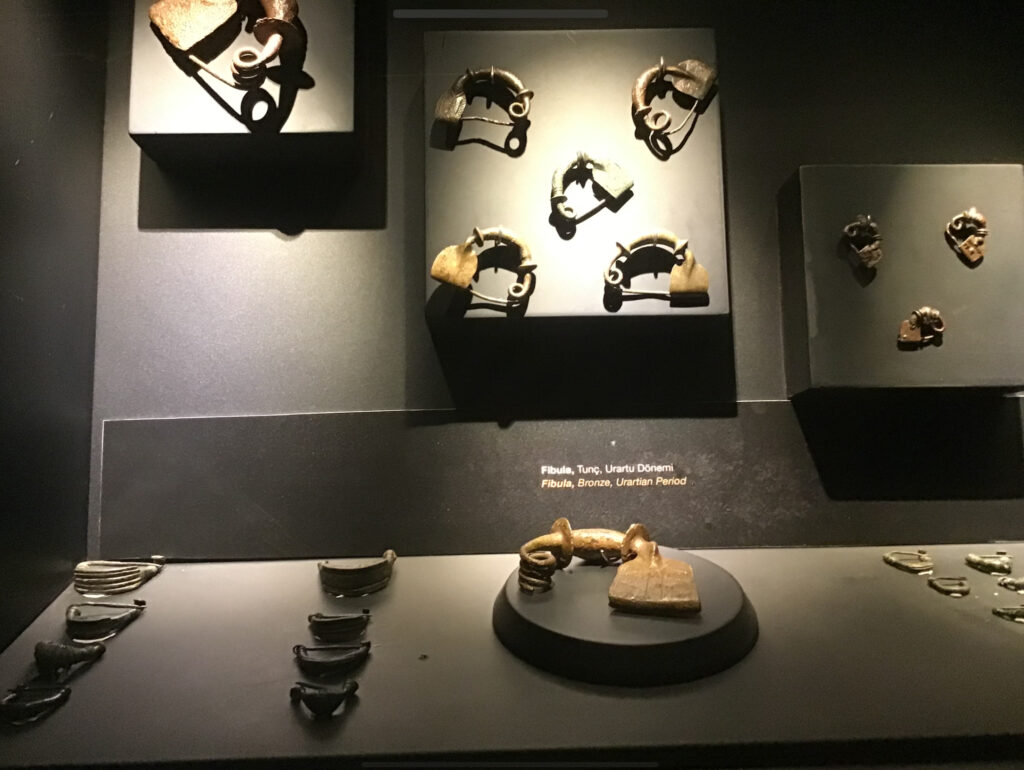
4. Van’s Old City (Eski Van):
• The historic area of Van, containing remnants of Ottoman-era architecture, including mosques and traditional houses.
5. The Van Cat House:
• A facility dedicated to the preservation of the unique Van cats, known for their distinct eye colors and affinity for water. (Bucketlistly)
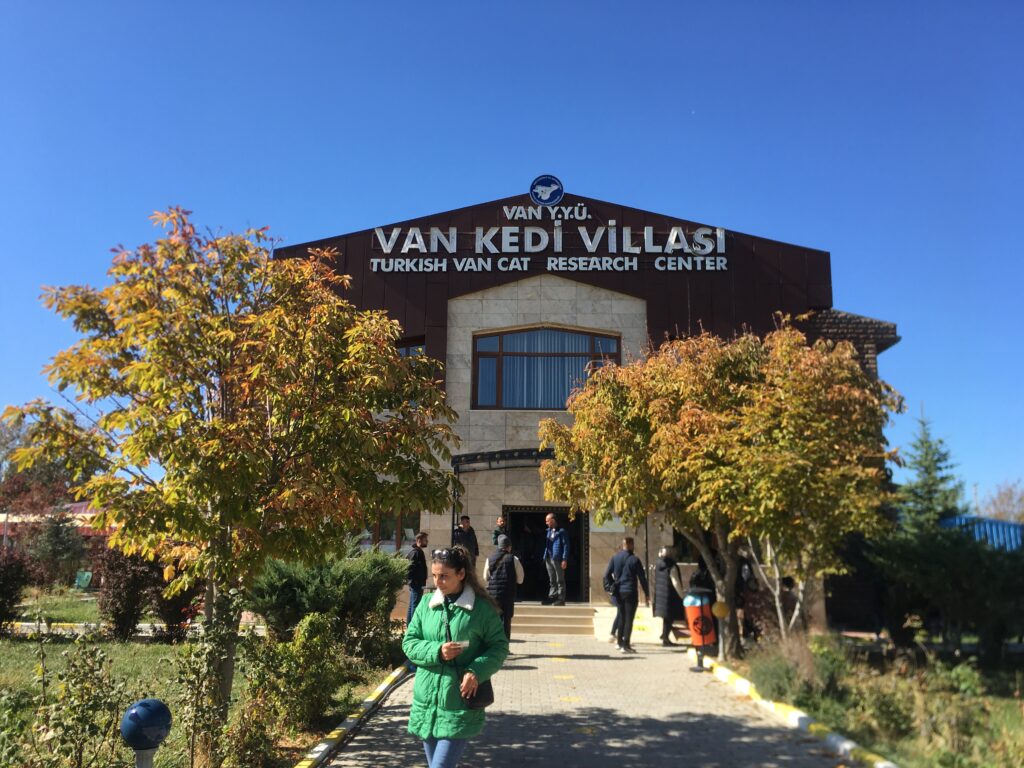
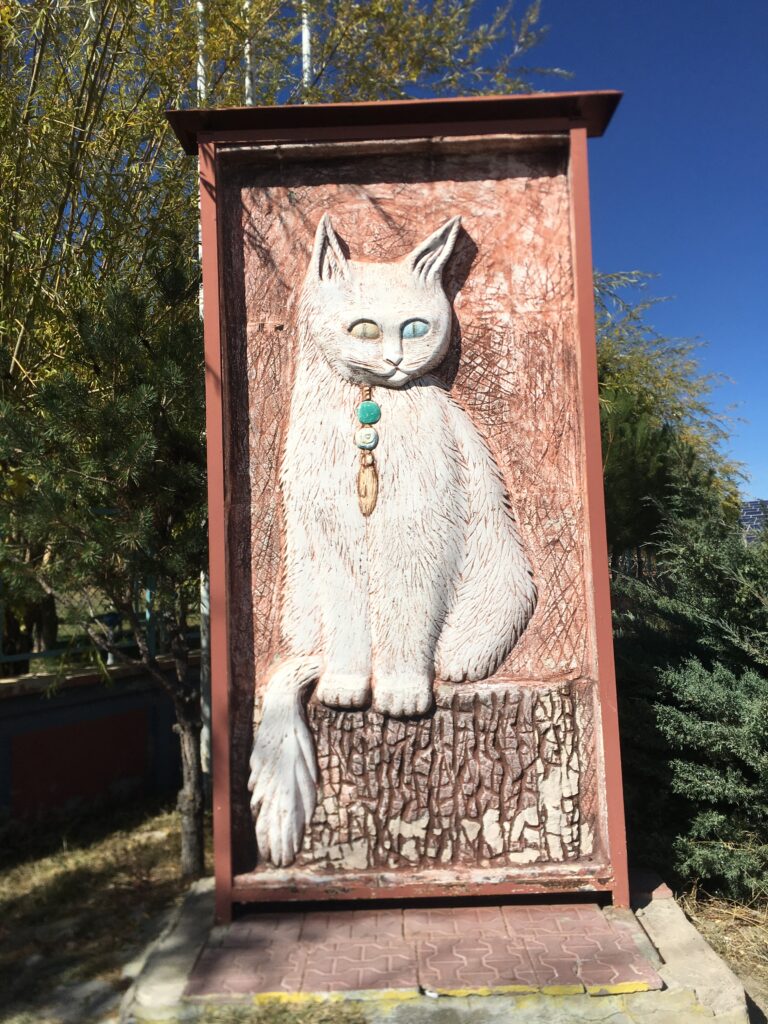
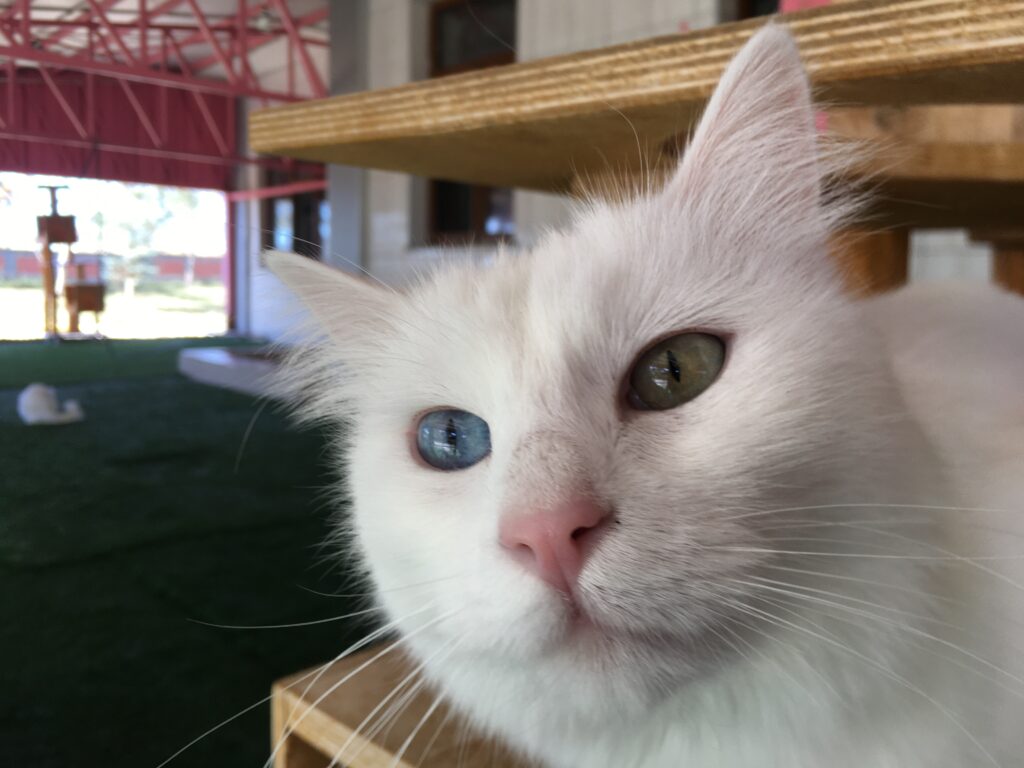
6. Erek Mountain:
• Located southeast of Van, Erek Mountain offers hiking opportunities and scenic views of the region.
7. Seven Churches Monastery (Varagavank):
• An Armenian monastery complex on the slopes of Erek Mountain, featuring historical architecture and religious significance.
These sites offer a glimpse into Van’s rich cultural and historical heritage, all within a short distance from the city center.
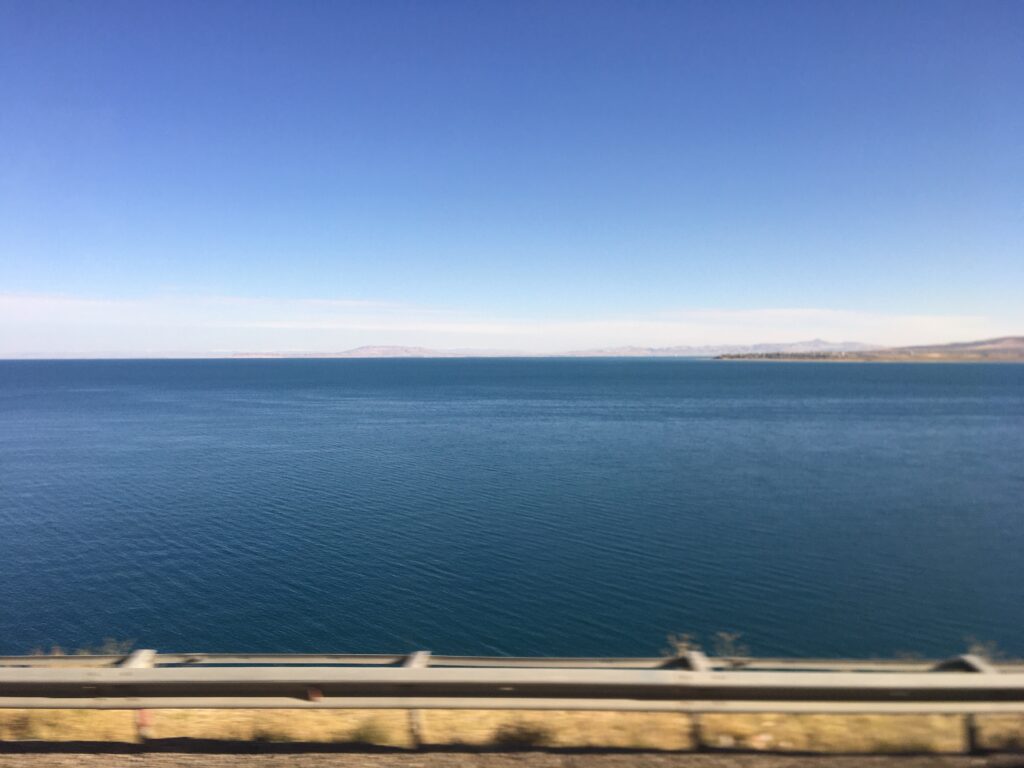
Here’s a one-day itinerary for exploring Van, Turkey, focusing on its historical sites and local food specialties:
Morning
• Start with a Traditional Van Breakfast
• Begin your day with the famous Van breakfast at one of the traditional breakfast salons in town, such as Sütçü Kenan or Bak Hele Bak Yusuf Konak Van Kahvaltı Salonu. A Van breakfast is a lavish spread that includes items like honey from local highlands, herb cheeses, olives, menemen (Turkish scrambled eggs with peppers), murtuğa (a savory butter and egg dish), and fresh bread.
• Visit Van Castle (Van Kalesi)
• After breakfast, head to Van Castle (about 10 minutes from the city center). This ancient Urartian fortress offers a historical introduction to Van, with incredible views over Lake Van and the city. Take your time exploring the ruins and enjoying the panoramic scenery.
Mid-Morning
• Explore the Ancient City of Tushpa and Inscriptions of Xerxes
• Near Van Castle, visit the remains of the Ancient City of Tushpa, the former Urartian capital. Look for the famous Inscription of Xerxes, a trilingual inscription left by the Persian king, adding to the site’s historical richness.
Lunch
• Sample Local Kebabs and Grilled Dishes
• For lunch, visit a local restaurant, such as Van İskender Kebap or Bostani Et Lokantası. Try büryan kebabı (a local lamb dish) or muhlama (a cheese and cornmeal dish), both of which are popular in Van’s culinary scene.
Afternoon
• Visit the Van Museum
• Head to the Van Museum to explore artifacts from the Urartian period, as well as displays of Armenian, Ottoman, and Kurdish heritage. This visit provides an in-depth look at the region’s multi-layered history.
• Stop by the Van Cat House
• Located close to the museum, the Van Cat House is dedicated to the famous Van cats, known for their distinctive eyes. It’s a fun and unique stop to see these cats and learn more about their preservation.
Late Afternoon
• Walk Through Van’s Old City (Eski Van)
• Stroll through the remnants of Van’s Old City, where you’ll find traces of Ottoman-era architecture, mosques, and some traditional houses. Take in the historic atmosphere as you wander around.
Evening
• Dinner at a Local Restaurant
• For dinner, enjoy more regional specialties like kavut (a wheat flour dish), çiğ köfte (spicy bulgur balls), or murtuğa (a butter and egg specialty). Restaurants like Simitçi Dünyası or Süreyya Kahvaltı Salonu often serve a variety of traditional dishes that provide a final taste of Van’s cuisine.
Optional: Sunset at Lake Van
• If time allows, end your day with a sunset view by Lake Van. The lake’s stunning colors at dusk are a beautiful way to wrap up your visit to the city.
This itinerary offers a blend of Van’s history, culture, and distinctive local flavors, giving you a rich experience of the city in just one day.
